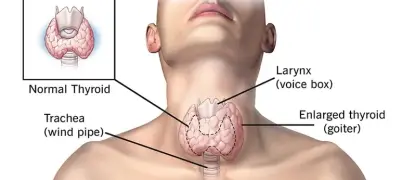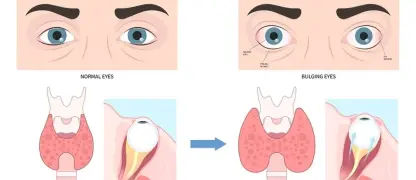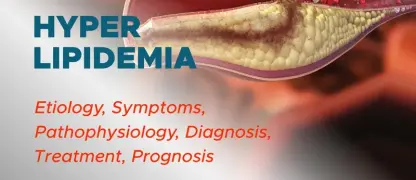Sudden weight loss and extreme thirst can be more than a passing phase. Understanding Type 1 Diabetes Mellitus is critical for early diagnosis and avoiding complications. Don't ignore these vital signs.
What are the main causes of Type 1 Diabetes Mellitus?
- What is Type 1 Diabetes? It's a chronic autoimmune disease where the immune system mistakenly attacks and destroys insulin-producing cells in the pancreas.
- Without insulin, glucose cannot enter cells for energy, causing high blood sugar that can damage the body's organs over time.
- The exact cause is unknown, but it is believed to involve a combination of genetic predisposition and environmental triggers, like certain viruses.

Key symptoms of Type 1 Diabetes Mellitus to watch for
- Key Type 1 Diabetes symptoms include extreme thirst, frequent urination, unexplained weight loss, and increased hunger, which often appear quite suddenly.
- Other signs are blurry vision, fatigue, and mood changes; these symptoms can progress rapidly and require immediate medical attention.
- A dangerous complication is Diabetic Ketoacidosis (DKA), with symptoms like fruity-smelling breath, nausea, and vomiting, indicating a medical emergency.
How is Type 1 Diabetes Mellitus managed?
- Management requires lifelong insulin therapy, delivered through daily injections or an insulin pump, to regulate blood glucose levels.
- A Continuous Glucose Monitor (CGM) is a modern tool that tracks sugar levels in real-time, helping to make precise treatment decisions.
- Effective management involves carb counting to match insulin with food and understanding concepts like the temporary honeymoon phase diabetes after diagnosis.
>>> Don't miss: Occupational lung diseases - Are you at risk in your workplace?
Image of the disease Type 1 Diabetes Mellitus - Insulin Pump and CGM



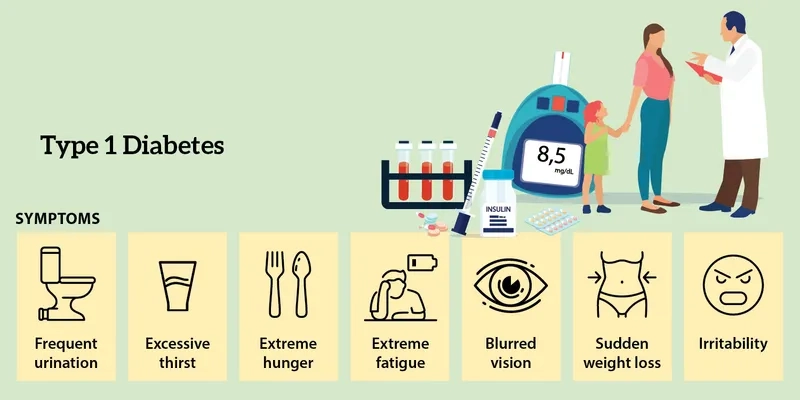
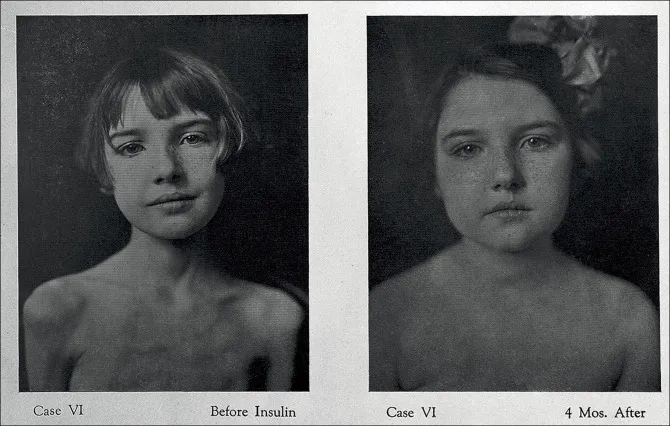
>>> Learn fully at: Alpha-1 antitrypsin deficiency - The genetic cause of COPD
While there's no cure for Type 1 Diabetes, modern technology has transformed its management. If you notice any symptoms, consult a doctor immediately for diagnosis.
>>> Unknown more:


